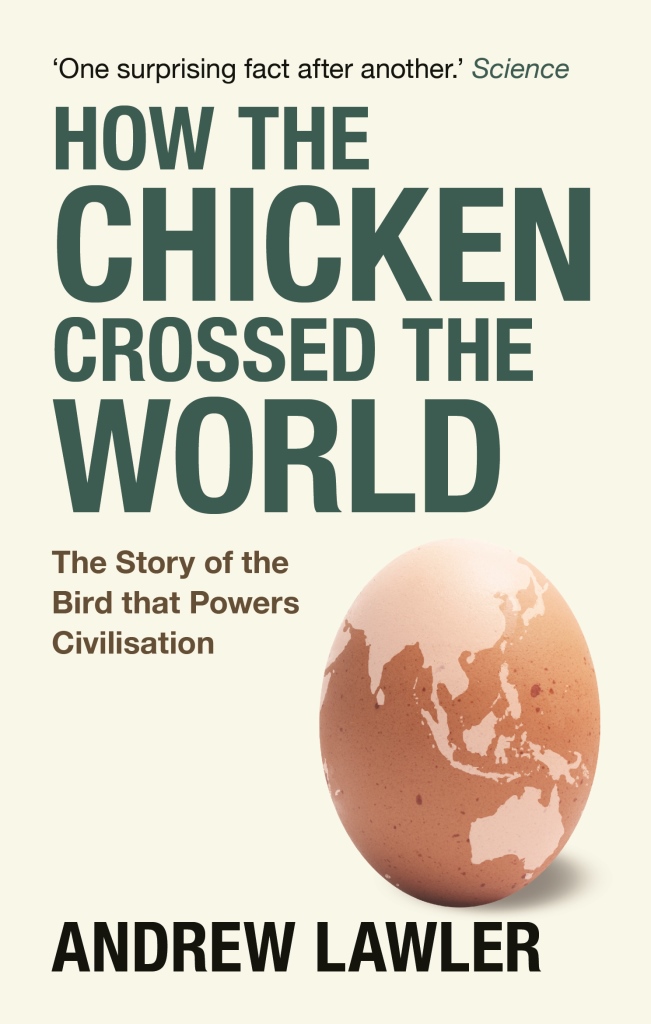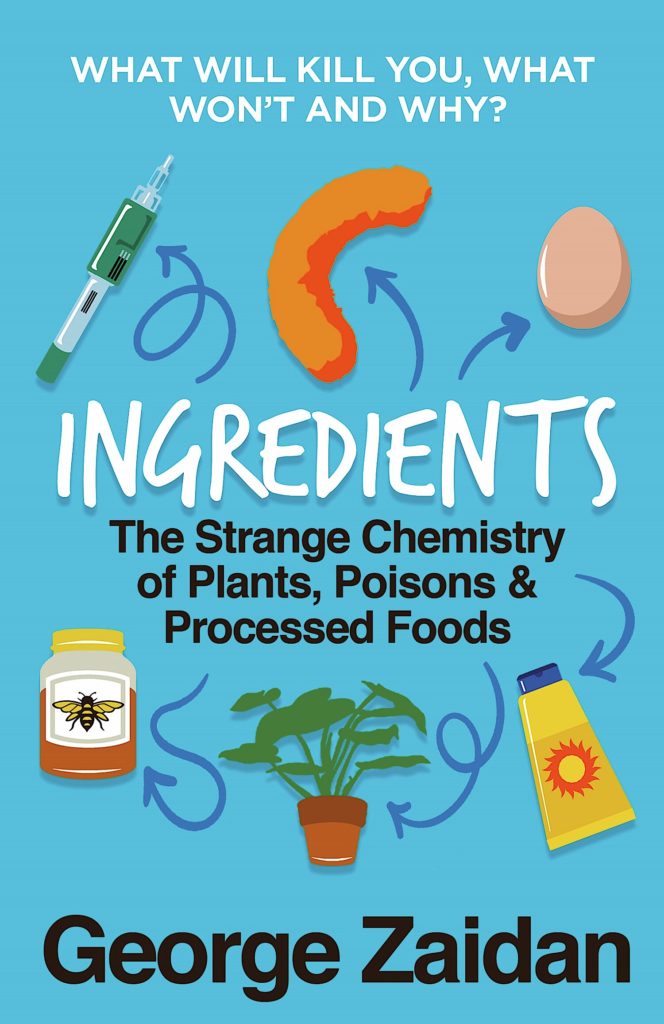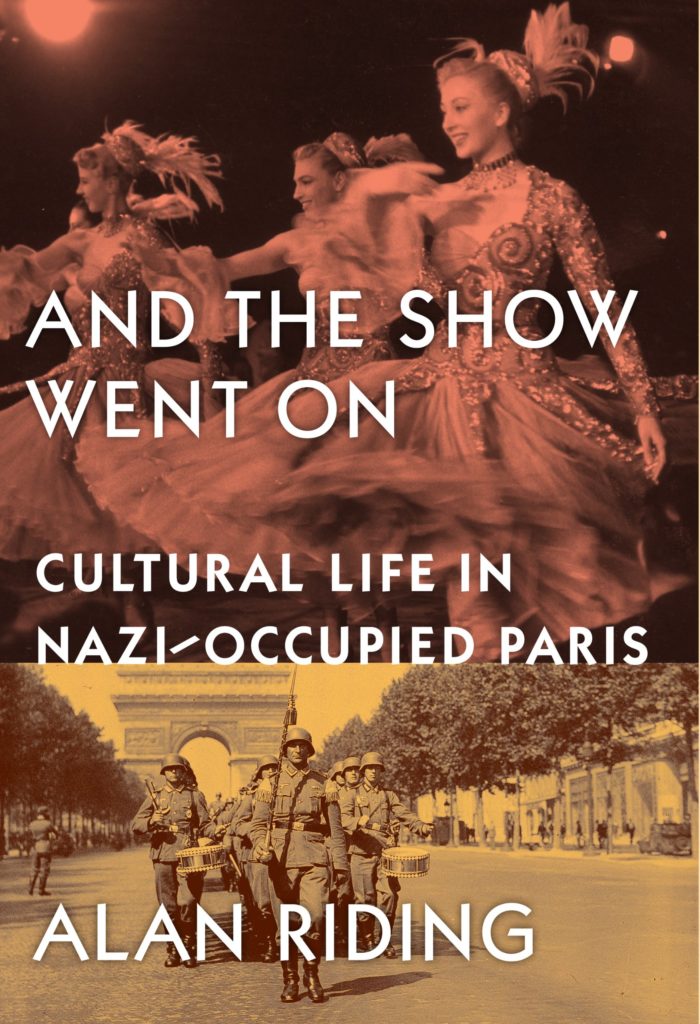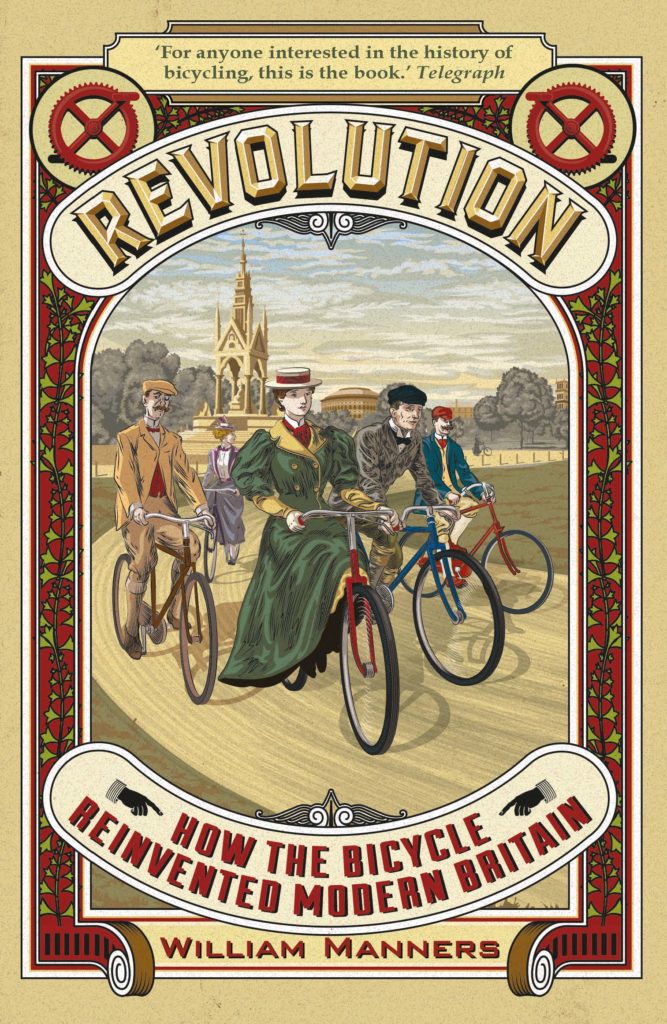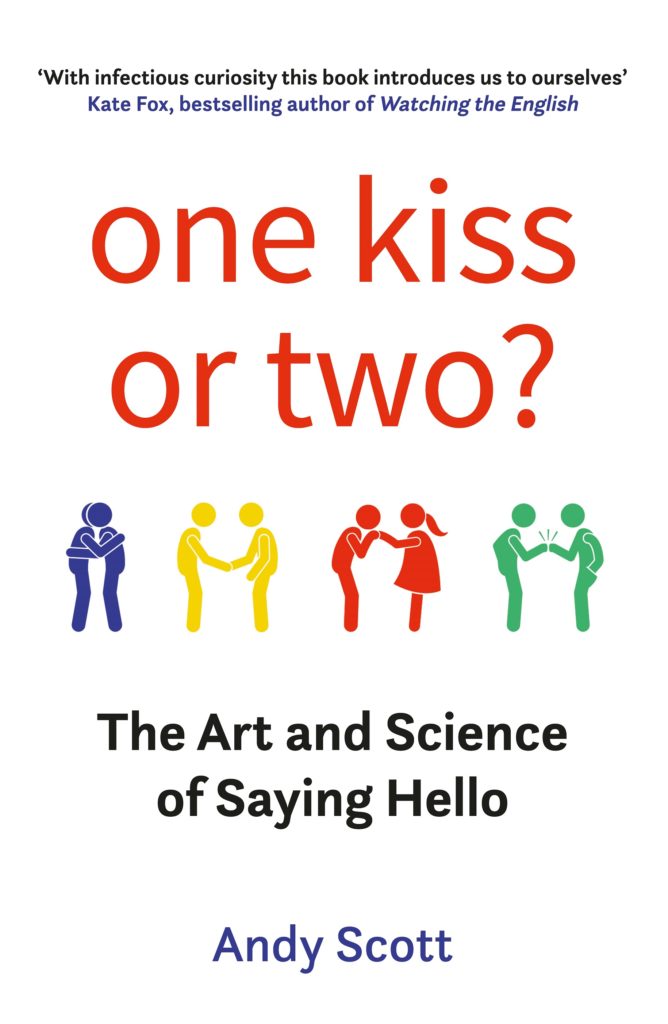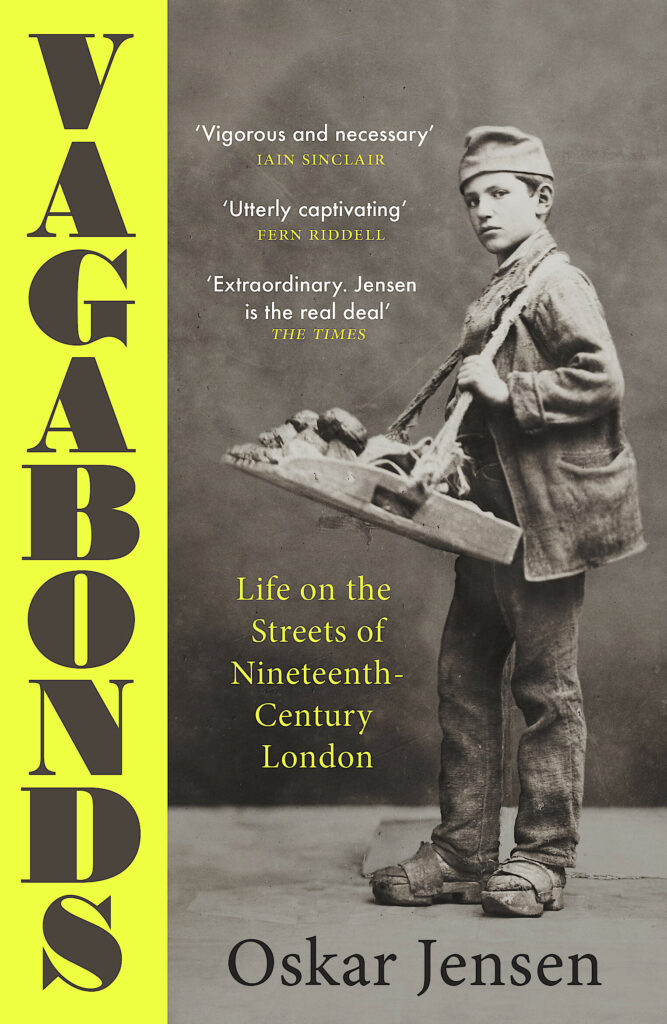
Dickensian London is brought to real and vivid life in this Wolfson History Prize-shortlisted portrait by a rising-star historian and New Generation Thinker
Until now, our view of bustling late Georgian and Victorian London has been filtered through its great chroniclers, who did not themselves come from poverty – Dickens, Mayhew, Gustave Doré. Their visions were dazzling in their way, censorious, often theatrical. Now, for the first time, this innovative social history brilliantly – and radically – shows us the city’s most compelling period (1780–1870) at street level.
From beggars and thieves to musicians and missionaries, porters and hawkers to sex workers and street criers, Jensen unites a breadth of original research and first-hand accounts and testimonies to tell their stories in their own words. What emerges is a buzzing, cosmopolitan world of the working classes, diverse in gender, ethnicity, origin, ability and occupation – a world that challenges and fascinates us still.
